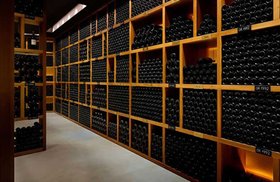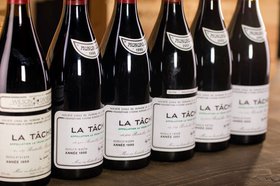How Many Calories in a Glass of Red Wine + Health Benefits
Want to figure out the number of calories in a glass of red wine and if it’s good for you?
Estimating the number of red wine calories in your favorite Pinot Noir may not be easy. You wouldn’t find the calorie content printed on the bottle label either.
So, how do you calculate the calories in wine?
The answer is not as simple as you might think!
For example, A glass of red wine with 12 - 14% alcohol content contains 106 - 132 calories, and a 750ml bottle has 530 - 660 calories in it.
But wait.
The amount of calories also depends on the type of wine you’re drinking.
Where do these calories come from? Are they good for you? Let’s explore all this and more in detail.
Further reading
- Wondering which red wine to buy? Check out our guide on the Best Red Wine Brands.
- Explore the best ways to design your perfect Wine Cellar for your collection!
- Find out Essential Tips, Strategies, and Assets to Invest in for the Long Term.
Calories in Wine: Where Do They Come From?
Before counting the number of calories in wine, let’s see where these calories come from.
During the fermentation of wine, the added yeast breaks down the sugar in grape juice, converting it to alcohol and carbon dioxide. Not all the sugar is converted into alcohol, and what remains is called residual sugar (RS).
So, that gives you two sources of calories in wine - alcohol and sugar.
A. Sugar
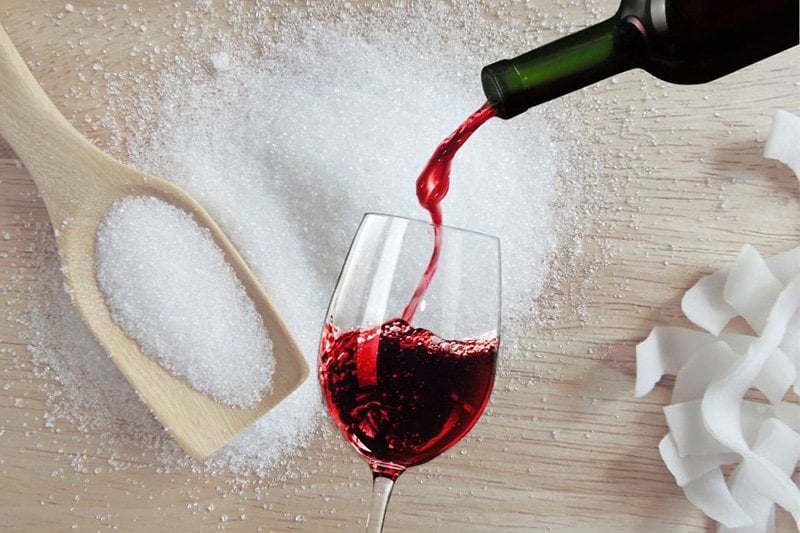
The amount of carbs in wine depends on how much residual sugar is in the wine. Sugar is a carbohydrate, and these carbohydrates add about 4 calories per gram to wine.
A light-bodied red wine can have about 3 grams of carbohydrates in a 150ml pour. In contrast, a sweet dessert wine can have up to 20 grams of carbohydrates in a pour (which is why dessert wines have smaller serving sizes). Even very dry wines have some amount of residual sugar.
B. Alcohol
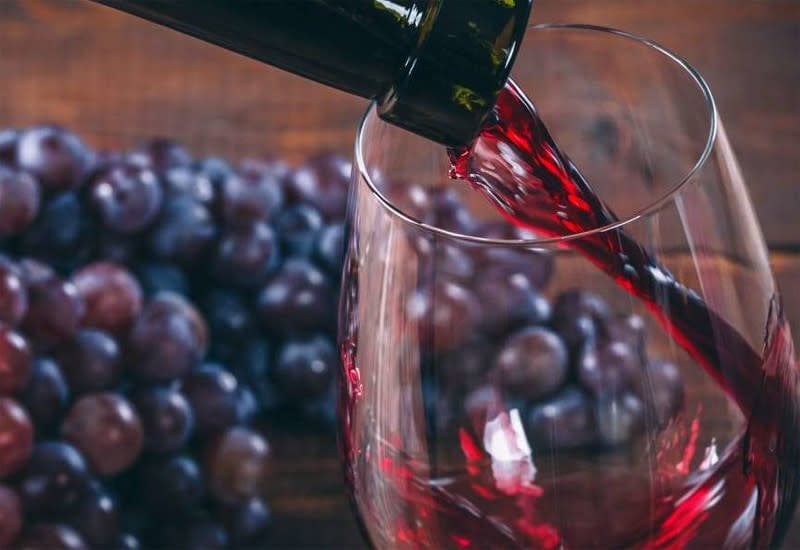
Alcohol contains about 7 calories per gram. That’s almost double the amount from carbohydrates.
However, alcohol isn’t metabolized as a carbohydrate (unlike sugar) - so it doesn’t contribute to the total carbohydrate content in wine.
So, if you’re on a low-carbohydrate keto diet, you’ll still be compliant if you have some dry wine. Just remember that higher alcohol content will equal more calories in red wine and whites.
Now let’s look at the numbers in detail.
How Many Calories Are There in a Glass of Red Wine?
A glass of red wine with 12 - 14% alcohol content contains 106 - 132 calories, and a 750ml bottle has 530 - 660 calories in it. This also depends on the type of wine you’re drinking.
The calorific content (kcal) of red wine and white wine as well as the Alcohol By Volume (ABV) are as follows:

Often, even the same wine varietal (say, a French Cabernet Sauvignon vs. Californian Cabernet Sauvignon) could have different caloric values.
Take a look at the table below.
Calories and Carbohydrates by Wine Type
Here’s a general guide to the calories and carbohydrates found in different types of wine styles (red wine, white wine, and others.)
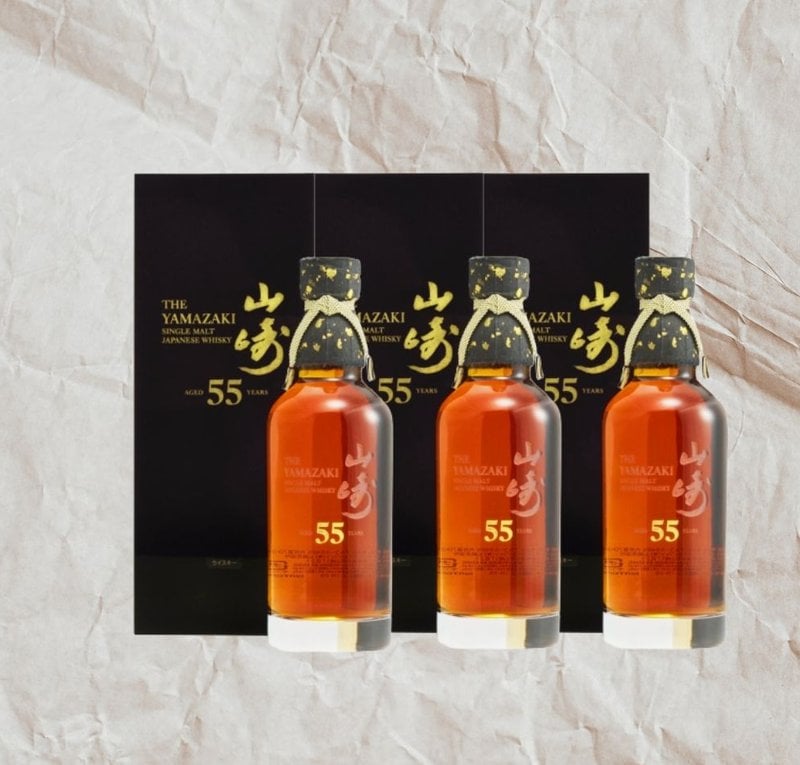
The following wines are sweeter and are often poured in a smaller serving size.
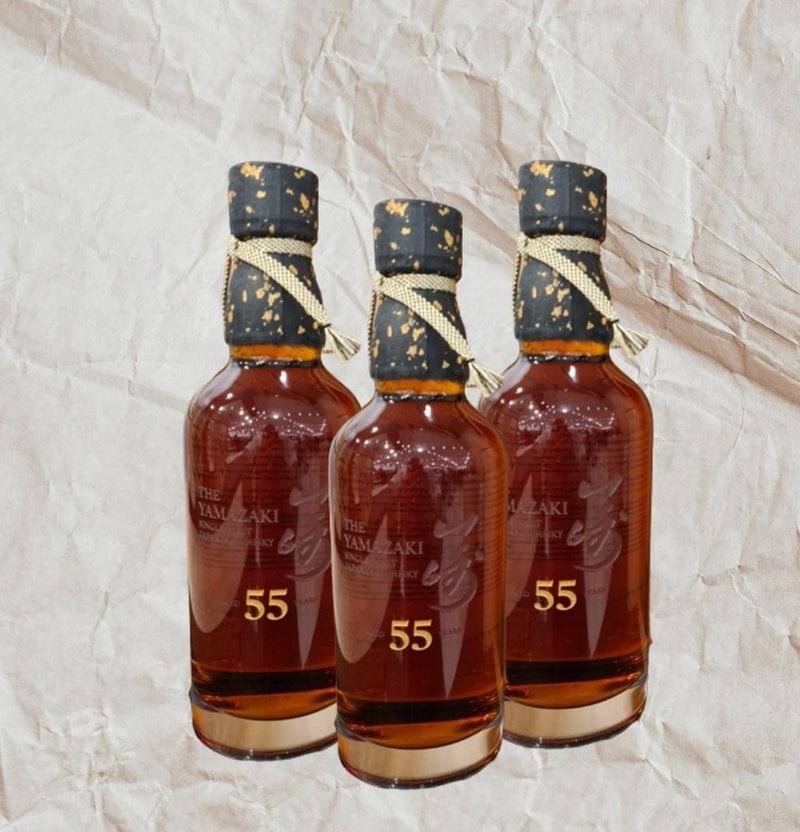
Source: USDA
How to Calculate Red Wine Calories
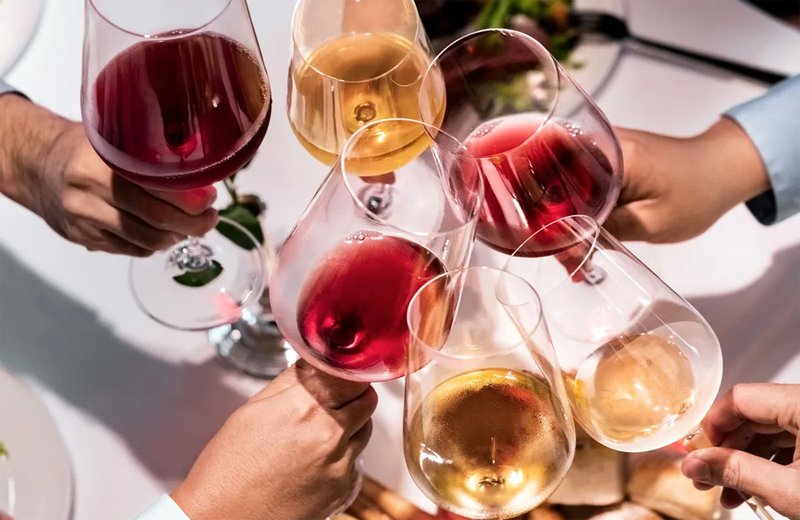
Since nutrition facts aren’t printed on the wine label, the easiest way to gauge calories in red wine bottle is by checking its ABV.
How?
There are about 158 calories in 1oz of pure alcohol (ethanol).
So a 150ml pour of wine with 14% ABV will contain about 111 calories from alcohol alone.
Calculation:
158 x ounces x ABV = 158 x 5 x 14/100 = 111 calories
The ABV based formula to estimate the alcohol calories in your glass of dry wine is:
Ounces x ABV x 1.6 = Alcohol calories
For instance, 6 oz of wine with a 10% ABV has about 96 calories: 6 x 10 x 1.6 = 96
Do Low-Calorie Wines Really Have Lower Calories?
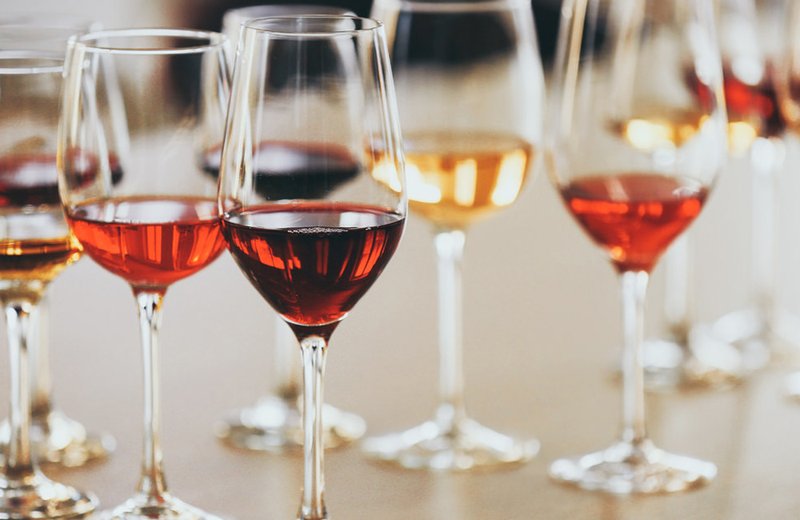
Not necessarily.
To assess that, take a look at the ABV and alcohol calories that may be mentioned on the wine bottle. Some “low-calorie” brands may display 100 calories for a 150ml glass but have 12% ABV. Others contain 89 calories per glass, with 8.5% ABV.
As alcohol contributes to overall calories, the one with 8.5% ABV is the one to get if you’re on a diet.
However, classic dry wines can have low calories too. So, you don’t have to go for a bottle of “low-calorie” wine even if you’re watching your calorie intake.
What type of wine has the least calories?
White wine tends to have lower alcohol content than red wine, so it generally has fewer calories. For a classic low calorie wine, your best bet would be a dry wine with an ABV of 9-12%.
Here are some low alcohol (ABV) red and white wines:
Low alcohol red wine:
- Beaujolais, Bourgogne Rouge (105-110 calories, ~10.5% ABV)
- Bordeaux Rouge, Lambrusco Secco (110-120 calories, 10.5~11.5% ABV)
Low alcohol white wine:
- Kabinett Riesling, Alsace Blanc (90-95 calories, 8-10% ABV)
- Bourgogne Blanc, Piedmont Gavi (100-105 calories, ~10.5% ABV)
If you have weight loss goals, stay away from sweet whites like a Moscato (with 5.5% ABV and plenty of RS.) The sugar content is counted as carbohydrates, so extra calories from the residual sugar will naturally be higher in a sweet wine.
4 Health Benefits of Red Wine
Red wine is rich in antioxidant resveratrol and has been linked to a number of health benefits.
- It improves heart health by preventing blood clotting and keeps blood vessels flexible.
- It lowers bad cholesterol and blood pressure.
- It regulates blood sugar.
- Antioxidants help treat the common cold.
What are the Effects of Red Wine on Your Weight?
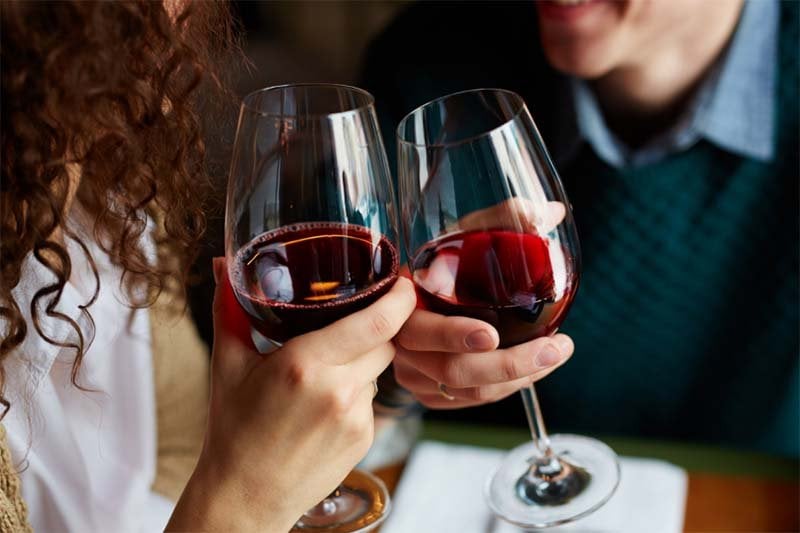
Will drinking a bottle of wine a day make you overweight?
Potentially, yes.
The high calories and the alcohol in the wine can change your dietary habits and mess with your metabolism.
Here’s how:
- Adds to the calories: Even though wine is fat-free, it can still be fattening by contributing to your daily calorie intake. It’s easier to ignore liquid calories compared to solids, so you may be at risk of downing more calories than intended.
- Changes your diet habits: On top of that, the alcohol in wine can change your diet habits. Any alcoholic beverage you drink, even light beer, regular beer, or whiskey, may tempt you to have a salty or fatty high calorie snack because of the alcohol.
- Alcohol is metabolized differently: Your liver will prioritize metabolizing the alcohol from your wine because it wants to remove toxins. So the metabolism of other toxins is put on hold, which can cause an unhealthy toxin accumulation.
- Delays metabolism of everything else: As alcohol gets first priority, your body will delay the burning of fat cells and other calories. This includes those fatty snacks that the alcohol induced you to eat earlier — which can lead to weight gain.
All of this can easily sidetrack your weight goals.
But you can find a balance between enjoying red wine and maintaining your health.
How to Control Your Intake of Red Wine and Stay Fit and Healthy
You can still enjoy drinking your red wine even if you’re watching your diet.
Some tips to remember are:
- Stick to Dry Wines
- Buy High-quality Wines
- Avoid Reds from Warmer Wine-growing Region
- Consider Wines from Regions with Strict Winemaking Regulations
- Watch Your Serving Size
- Drink in Moderation
- Drink Your Red Wine after Eating
- Drink White Wine too
- Exercise Regularly
1. Stick to Dry Wines

Dry red wine usually contains less sugar in them. But you do need to pay attention to the alcohol content — don’t forget about those alcohol calories!
Also, be aware that some wines that taste dry (for example, Zinfandels) aren’t actually dry.
Avoid dessert wine and sweet Champagne (unless it’s the ‘brut’, which is dry).
2. Buy High-quality Wines
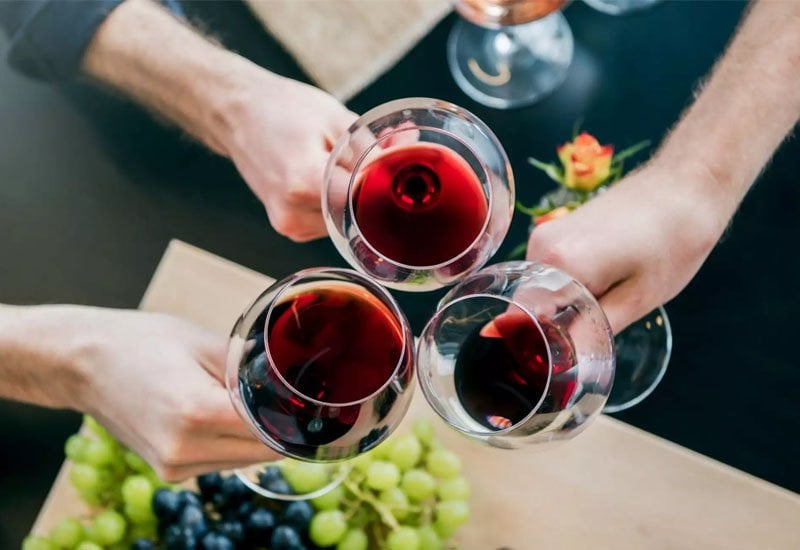
Low quality, mass-produced wines tend to have more added sugar. Meanwhile, any sweetness you taste while drinking high-quality wines is likely to come from the grape itself and not the additives. So buy only high-quality wines to skip out on those additives as much as possible.
3. Avoid Reds from Warmer Wine-growing Regions

Warmer wine growing regions produce riper grapes. Riper grapes mean more sugar, which then either converts to more alcohol or remains as more residual sugar. Both residual sugar and alcohol contribute to the calorie count.
For instance, if you're getting red wine from California, it's a good idea to skip wines from Central Valley as it’s home to some really ripe grapes.
4. Consider Wines from Regions with Strict Winemaking Regulations
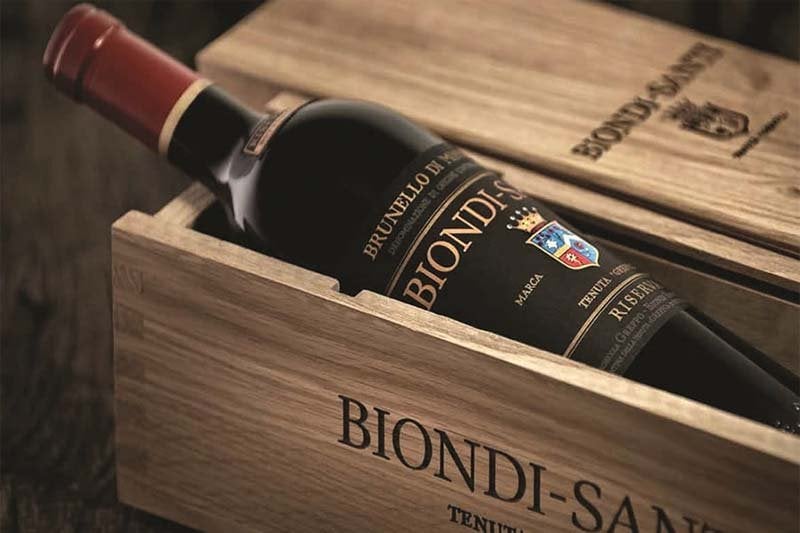
Old World wines, like those from the French AOCs (appellations), Italian DOCs, or Spanish DOs, would be a great choice if you’re looking for strictly regulated wine production.
Wondering why?
There is less possibility of sugar addition. And French wines, for example, are generally lower in alcohol content.
5. Watch Your Serving Size
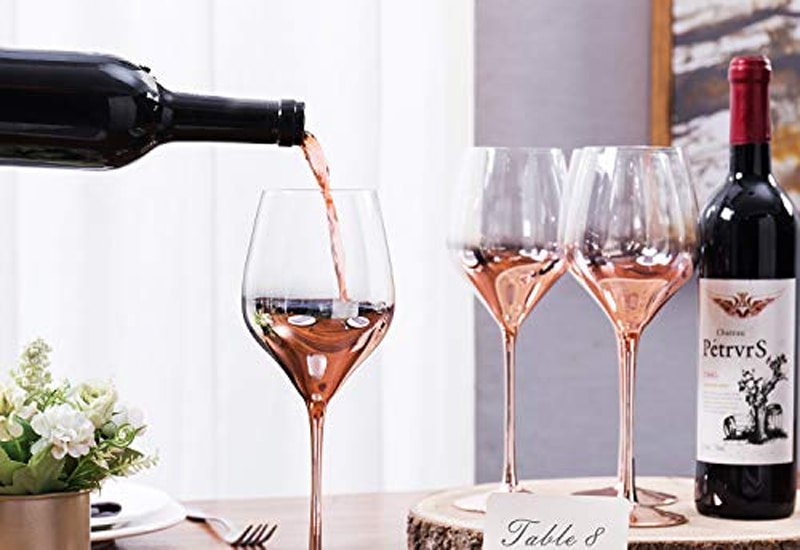
The recommended pour for a glass of wine is five ounces. Red wine glasses tend to be larger than those for white wine, so there’s a tendency to pour more red wine! Keep an eye on how much you pour in a glass, and pay attention to the wine glass size while you’re at it.
6. Drink in Moderation

Since we just mentioned serving size, you should also remember to drink alcohol in moderation.
How much red wine per day is healthy?
That would be one glass of 5oz for women and two glasses for men. It wouldn’t be a good idea to drink five glasses of 150ml of wine in a single sitting — that would be a whole bottle!
7. Drink Your Red Wine after Eating
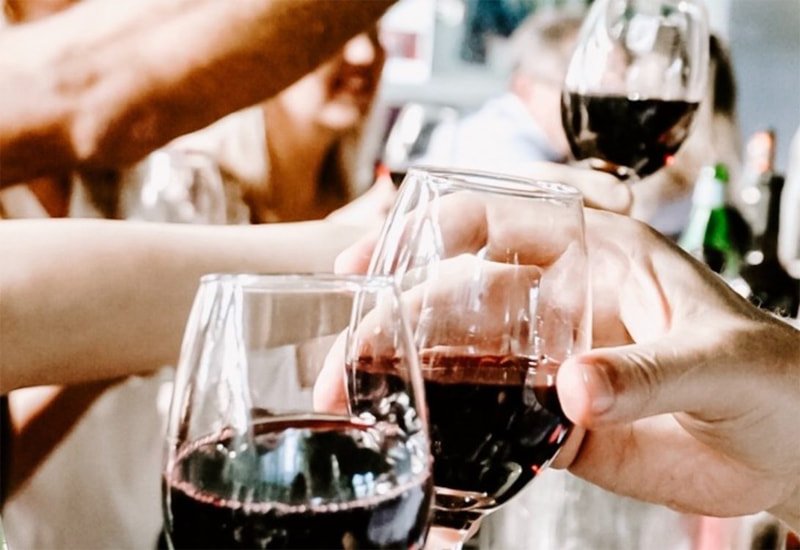
Having wine or alcohol on an empty stomach can make you hungrier. So it’s better to have your red wine after you eat, even if it’s just a small protein snack.
8. Drink White Wine too

As much as you may love red wine, dry white wine is an excellent alternative if you want to cut calories — especially dry Riesling or Sauvignon Blanc.
9. Exercise Regularly

Alcoholic calories are ‘empty calories’ because they have no nutritional value. Working out is a good way to earn and burn your alcoholic beverage or wine calories, so you don’t feel guilty sipping that glass of brut Champagne.
Getting your heart rate up will boost your metabolism to help burn off the calories and will put a smile on your face with an added dose of serotonin.
However, figuring out the right red wines to buy while ensuring your calorie count stays low is a whole different ballgame.
So what’s the best way to buy good quality wines?
There are plenty of options when it comes to buying fine, high-quality wines - be it a Pinot Noir, Cabernet Franc, Cabernet Sauvignon, Claret, Merlot, Syrah (Shiraz), or a fine Zinfandel. You could get them from a boutique wine store or off an auction.
However, you would need to compare prices, sort out delivery, storage, and insurance all by yourself. You also need to check for authenticity to make sure you aren’t buying inferior quality bottles that will be higher-carb for sure!
Instead, you could let a trusted wine investment platform like Vinovest do all this for you!
Buy High-Quality, Authentic Wines Through Vinovest
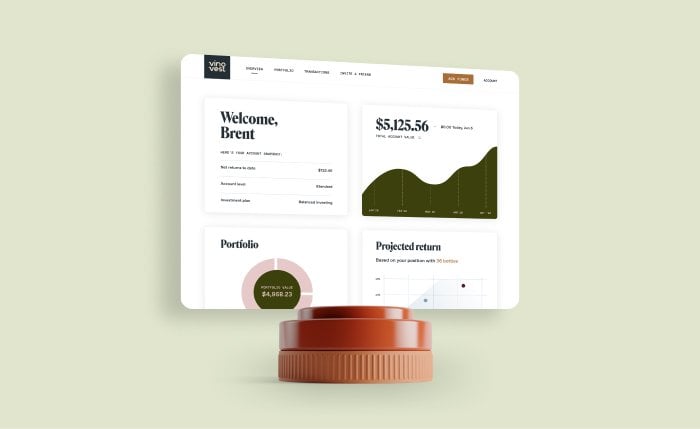
Vinovest is a full-stack, artificial intelligence (AI)-based online wine investment platform that helps you invest in fine wines from any part of the globe.
An expert team of sommeliers and data scientists will help curate your wine portfolio with proprietary financial models. And you’ll never have to worry about counterfeits, as Vinovest will check the authenticity and provenance of each of the wine bottles.
Vinovest will also store your wines safely for the long term, insure them, and deliver them to you if you ever want to pop that bottle of Pinot Noir or Dom Perignon champagne open.
And, if you want to sell the wine bottles, Vinovest does that for you and gets the bottle delivered to your buyer.
Add a Delicious, Low-Calorie Red Wine to Your Collection!
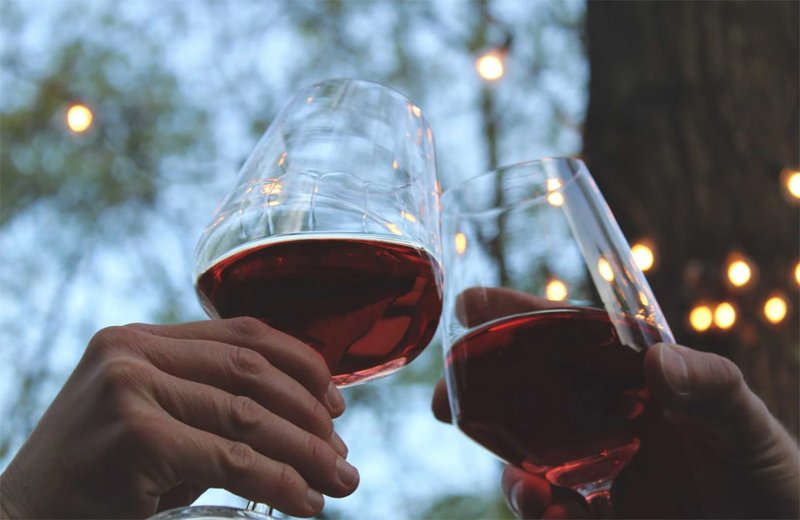
An occasional glass of red wine is harmless, even if you’re counting calories. The key for any wine lover is to sip your favorite vino in moderation, knowing the calories, sugar, and alcohol content in it.
You can even add some fresh fruit juice and fruit pieces to your red table wine to make some Sangria. The fruit will add the nutrition that the wine may lack!
Stick to high-quality wines, so there’s less chance of additional calories from hidden sugar additives or inaccurate ABV labeling.
Sign up on Vinovest and start buying the best wine bottles in the world, right away!


